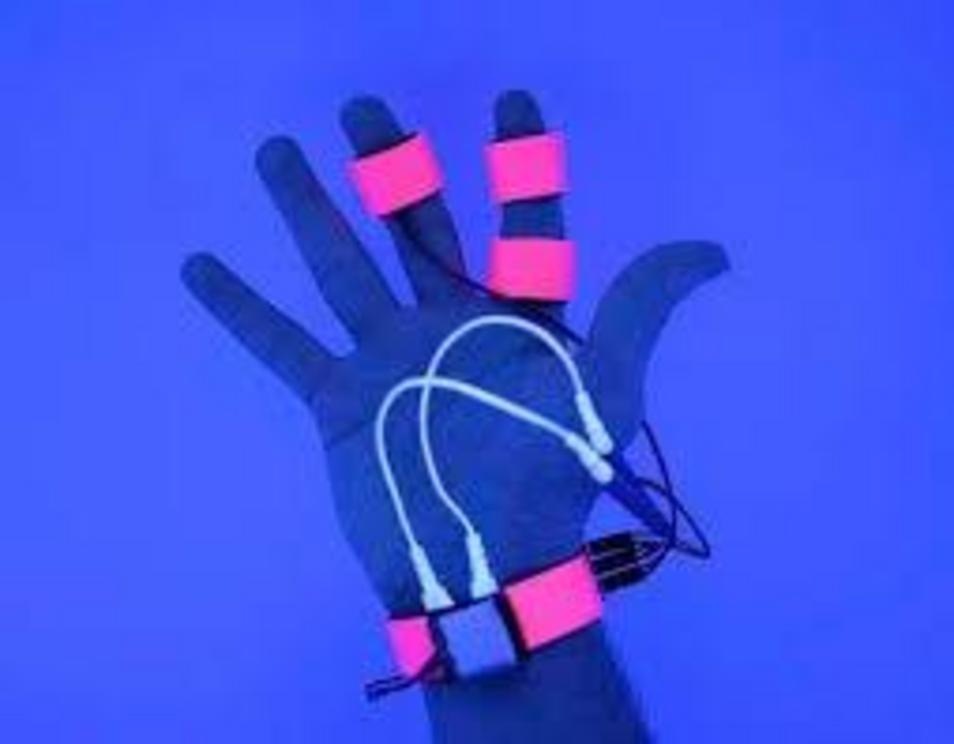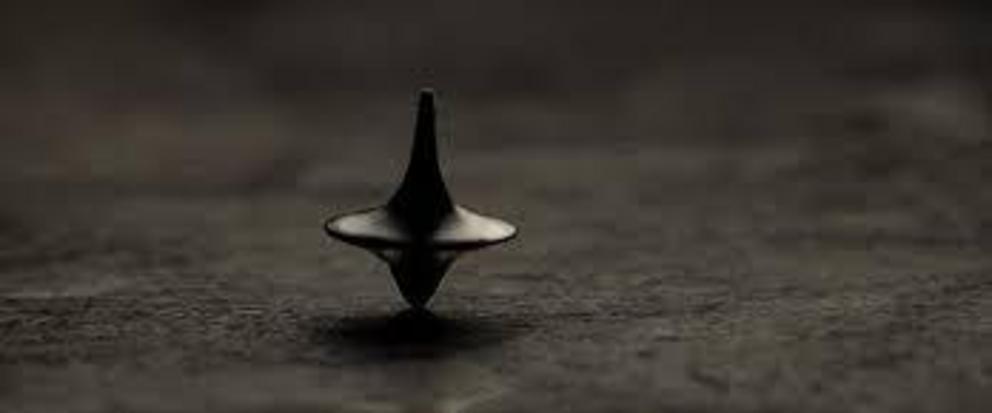MIT tests 'dream incubation' device that manipulates the content of people's dreams
Scientists have developed an experimental device and protocol for manipulating the content of people's dreams while they are sleeping, by making them recall specific cues that can trigger targeted dream themes and experiences.
While the boundless dream-building of Inception remains the stuff of science fiction for now, the new research shows that the evolving science of dream control is far more than fantasy – and that information processing during sleep is capable of being engineered from the outside.
In a new study, a team led by neuroscientist Adam Haar Horowitz from MIT describes how a wearable electronic device – called Dormio – enables what the researchers term 'targeted dream incubation' (TDI), during the fluid first stage of sleep where the sleeper experiences a borderland state of consciousness called hypnagogia.
"This state of mind is trippy, loose, flexible, and divergent," Haar Horowitz explains.
"It's like turning the notch up high on mind-wandering and making it immersive — being pushed and pulled with new sensations like your body floating and falling, with your thoughts quickly snapping in and out of control."
 The Dormio wrist device.
The Dormio wrist device.
Hypnagogia shares many of the fluid, dream-like sensations of REM sleep, but with an important difference: people can still hear and process audio during this in-between state as they transition from being awake to being asleep (and vice versa) – a crucial sensory backdoor than enables targeted dream incubation to work.
Much like a similar experimental method called targeted memory reactivation (TMR), which reactivates specific memories that are triggered by a cue delivered during sleep, TDI may have applications as a learning tool that can improve memory consolidation, but it comes with a specific advantage: the Dormio device, worn on the wrist like a sensor-laden glove.
As a person falls asleep wearing the device, audio cues are played via an associated app, such as "Remember to think of a tree" (the dream theme used in the experiment, conducted with 49 participants).
The Dormio sensors look out for physiological data signalling the person has fallen asleep, at which point the system rouses them briefly, prompting them to say what was going through their mind as they slept, with their verbal dream report recorded by the app.
After this brief interruption, they then return to sleep – but only for a short while – during a series of repeated dreams, awakenings, and prompted recordings, all centred around a state of directed hypnagogia (in theory, at least).
"Targeted dream incubation is a protocol for reactivating memories during sleep in a manner that leads to incorporation of the targeted memory, or related memories, into dream content," the researchers explain in their paper.
"The aim of the current study is to assess the ability of Dormio to identify the sleep onset period and successfully manipulate the content of hypnagogic dream report through pre-sleep verbal prompts."
While the prototype system is still being refined, the experimental results suggest it does appear to successfully influence dreams and can document their contents to a significant extent.
When Dormio prompted the participants to think of a tree before and during the 'borderland' sleep state, 67 percent of the dream reports collected by the app mentioned references to a tree upon waking from a hypnagogic state.
"My dream did involve a tree," one participant said in a verbal report they gave after awakening. "I was following the roots with someone and the roots were transporting me to different locations… I could hear the roots of the tree pulsating with energy as if they were leading me to some location."
In contrast, dream reports from a control group – who were only prompted to observe their thoughts – featured virtually no references to trees.
In addition to helping shape people's dreams, the researchers say their Dormio system and dream incubation protocol could be used for various learning techniques involving sleep-based memory consolidation – or as a tool to help creativity and problem-solving, by prompting people to consciously recall the fluid and vivid thinking of their hypnagogic state.
"Dreaming about a specific theme seems to offer benefits post-sleep, such as on creativity tasks related to this theme," Haar Horowitz says.
"This is unsurprising in light of historical figures like Mary Shelley or Salvador Dalí, who were inspired creatively by their dreams. The difference here is that we induce these creatively beneficial dreams on purpose, in a targeted manner."
The findings are reported in Consciousness and Cognition.
For the rest of this article please go to source link below.

